Last year’s stacked lineup of games for the Game Awards had us thinking: What was the best year in gaming? As part of our series on determining gaming’s best year, we’re putting together an article on each year, charting the major releases and developments of the year, and talking about both their impact and what made them great.

The Year: 2014
2014 is a year which is publicly regarded as a bad year for video games, but that reputation may not be deserved. Sure, there was definitely some real bullshit in 2014, but as we’ll see, there were a large number of good and important games released that year which make it a strong contender in our competition.
While neither the Xbox One nor the PlayStation 4 had a strong launch line up, one year into their respective lifecycles the eighth generation of game consoles had begun to take shape, with games like Titanfall, Destiny, Dark Souls II, Mario Kart 8, and Far Cry 4 showing off what the new consoles were capable of. Sony in particular was hurting during this time frame, as Microsoft had managed to secure a much more impressive list of exclusives and timed exclusives for the Xbox One. You’d never know it looking at sales numbers however, and that’s the rub – Microsoft had saddled the console with an extra $100 on its price tag with the Kinect, a device no one wanted packed in. As a result, the PlayStation 4 outsold the Xbox One in 2014 and kept building a lead in the years following, giving it plenty of runway by the time it finally did start building a worthy library of exclusives.
Amazon Joins the Gaming Space, Buys Twitch For A Billion Dollars
In August 2014 Amazon announced it was acquiring Twitch for $970 million in cash, as a move designed to both help the company stay competitive with YouTube and another streaming services and to help the company move into the gaming space. Amazon had previously acquired Double Helix Games and in 2014 hired Kimberly Swift, lead designer on Portal, to help build games for Amazon’s own internal studio. The company announced they were planning to make PC games in December and would publish two games the following year – Lost Within and Til Morning’s Light.
Gamergate
In August 2014 the ex-boyfriend of game developer Zoe Quinn made a blog post suggesting falsely that Quinn had been sleeping with Kotaku reporter Nathan Grayson in order to get a good review on a video game. This was spread to 4chan and Reddit, where the worst people on Earth decided to spend the next decade harassing Quinn and other women, minorities, and other marginal groups in the gaming space. This went on for years, and some of the people in Gamergate went on to become prominent figures in the alt-right movement. Gamergate was a shitty, evil movement started for petty reasons, and its horrible, stupid effects are still being felt today. At the time of this writing there’s a second, sadder Gamergate attempting to make the rounds, this time focused on outrage over diversity in games and featuring many of the same sad, annoying actors as the first time.
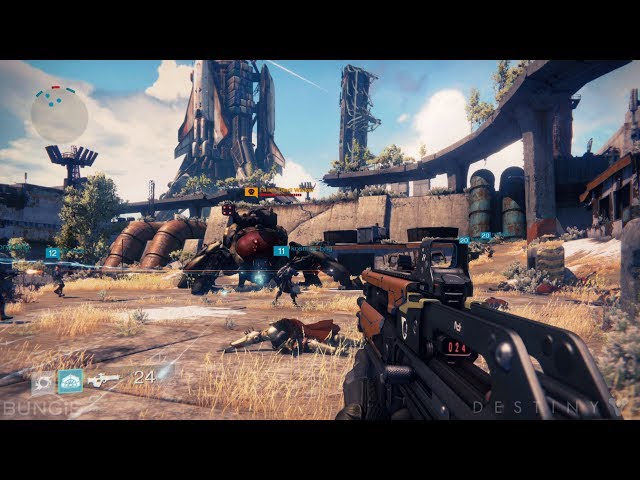
Destiny
Bungie left the Halo series behind after Halo: Reach, opting instead to work on Destiny. Releasing in September, 2014, this Diablo-like massively multiplayer FPS has players take on the role of a Guardian, one of Earth’s protectors fighting against an extraterrestrial threat called the Traveler as they travel between planets. Destiny feels a lot like Halo when you play it and it requires an insane amount of grinding, and the story’s pretty weak. But that first time you’re traveling through an area and enough players are there to trigger a raid event, it’s an unforgettable moment. Destiny was a huge hit despite its flaws, driving tons of online play for years after its release.
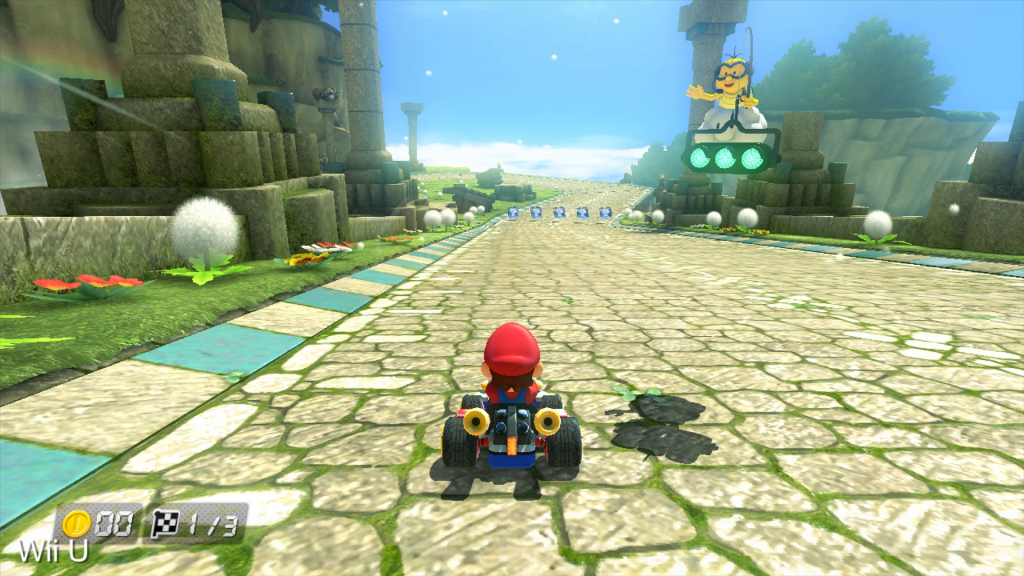
Mario Kart 8
Nintendo finally perfected its formula with Mario Kart 8, the biggest game in the series yet, adding anti-gravity racing and upside-down tracks to their lineup along with a massive selection of courses, new items, and all-terrain vehicles. It was also the first Mario Kart game to feature DLC, and while that’s sometimes a groan-worthy element, in this case it meant Nintendo could expand on the game with new tracks and racers, something it would continue to do through the game’s re-release as Mario Kart 8 Deluxe on the Nintendo Switch in 2017.

Dragon Age: Inquisition
Dragon Age: Origins introduced us to an incredible new RPG series with a gritty fantasy world filled with horrible people demanding we make moral choices with plenty of gray areas and unfortunate consequences. Its 2011 sequel gave us improved action-based gameplay and art design, but was woefully unfinished and lacked polish. Dragon Age: Inquisition was more a return to form in that sense, giving us a sprawling, more open world to explore with better characters and a compelling story. It’s a great balance between the tactical combat of the first game and the action and art design of the second.
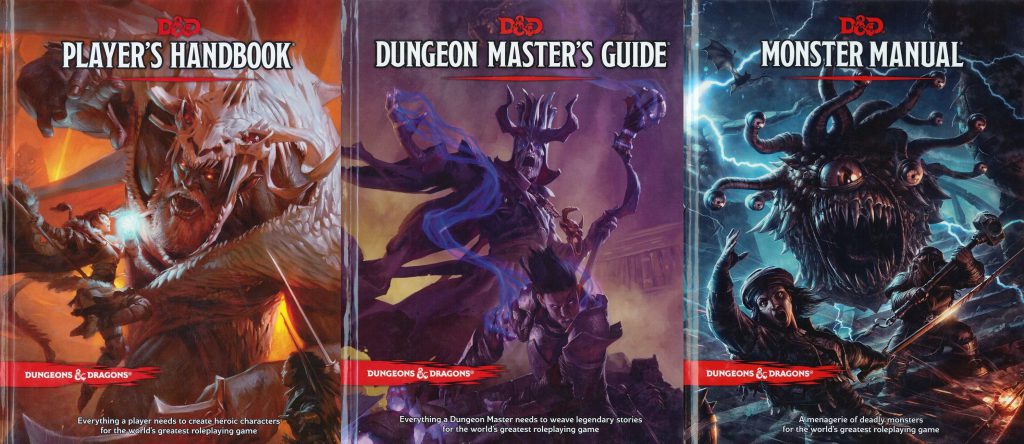
Dungeons and Dragons Fifth Edition
Whether you think fourth edition was the best edition of Dungeons & Dragons or the worst, it was a problem for Wizards of the Coast. It was different enough to anger a lot of longtime players, who found a compelling alternative in Paizo’s Pathfinder, while an explosion of competing games on the market were leeching off customers who didn’t think fourth edition changed things enough. So after two years of public playtests, in August 2014 Wizards of the Coast Released the fifth edition of Dungeons & Dragons. Mechanically the game looks a lot more like third edition than it does fourth, replacing the innovative power system in fourth with more traditional spell preparation. It’s a step forward for the game in many ways, and a step backward in just as many.
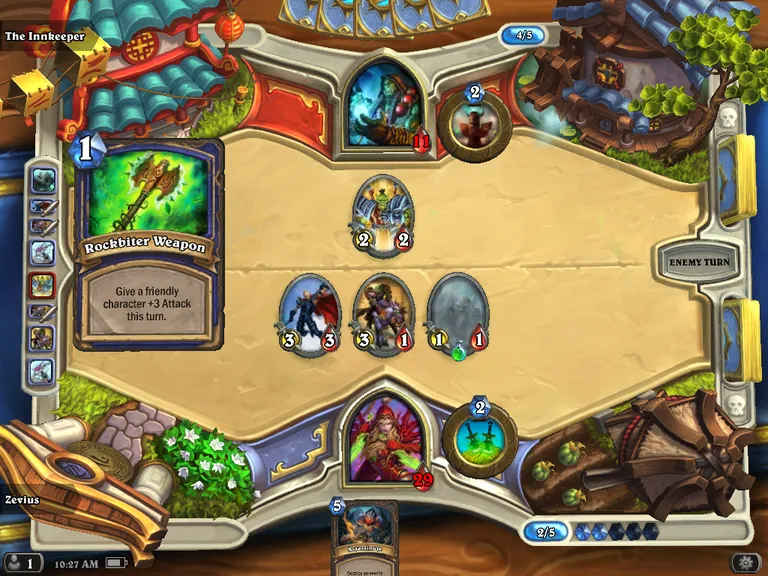
Hearthstone
Blizzard’s foray into the collectible card game market, Hearthstone launched as a free-to-play game in March 2014 and was an immediate hit. In a lot of ways Hearthstone plays like a more modern version of Magic, and is designed to work in an online environment, with an interface that works well not just for playing online but streaming those games as well. Hearthstone did well initially and has seen regular updates since. And while it didn’t quite detrone Magic, Pokemon, or Yugioh, the game has become established as a major player in the space and pushed everyone else to improve their digital offerings. Without Hearthstone, there’s no Magic: Arena.
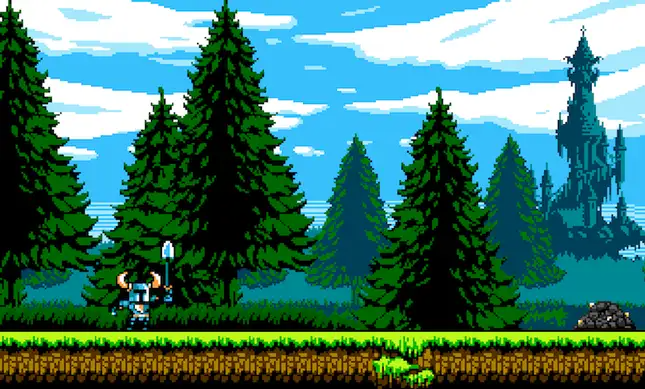
Shovel Knight
Yacht Club Games charmed the world with the release of Shovel Night in 2014, deftly blending the gameplay of classic NES games like Ducktales and Mega Man with a modern take on 16-bit pixel graphics and a killer chiptune soundtrack. The game is notable for being incredibly charming, having a host of free DLC expansions, and also being one of the great Kickstarter success stories of our time. Shovel Knight also helped fuel the fires of the retro indie games revival, helping to make pixel art games widely popular.
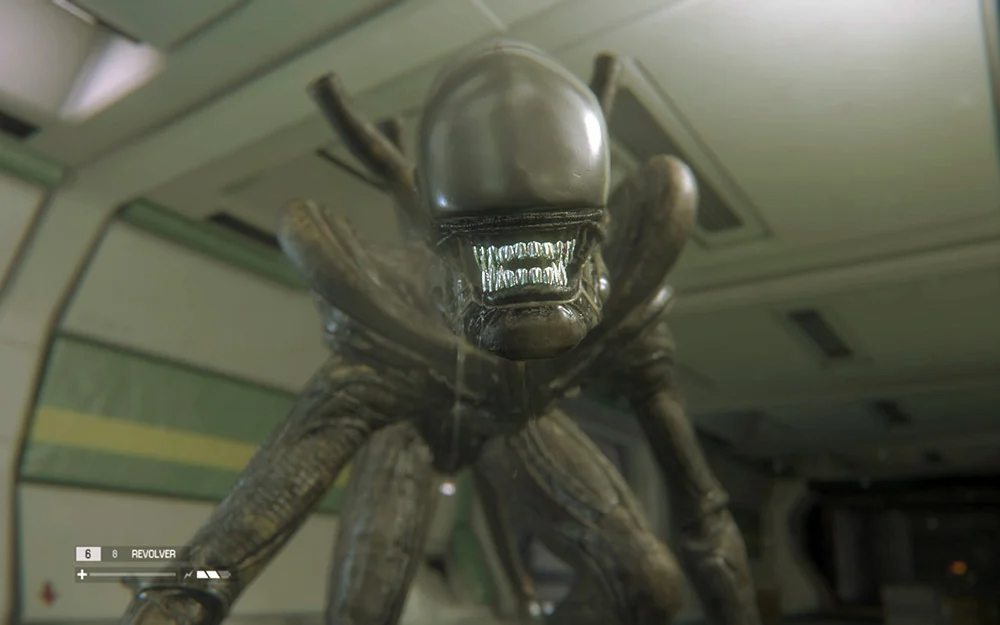
Alien: Isolation
The Alien franchise was no stranger to games with horror elements but most entries in the series tended to focus more on the run-and-gun action of the second movie, and often combined things with the Predator franchise to add on a third game mode. Creative Assembly’s 2014 survival horror game takes things back to the series’ roots as a horror film by putting players into the role of Ripley’s daughter searching for clues to what happened to her mother on Sevastapol station only to find that an alien is on board wrecking everything. What follows is one of the most tense and innovative horror games of all time.
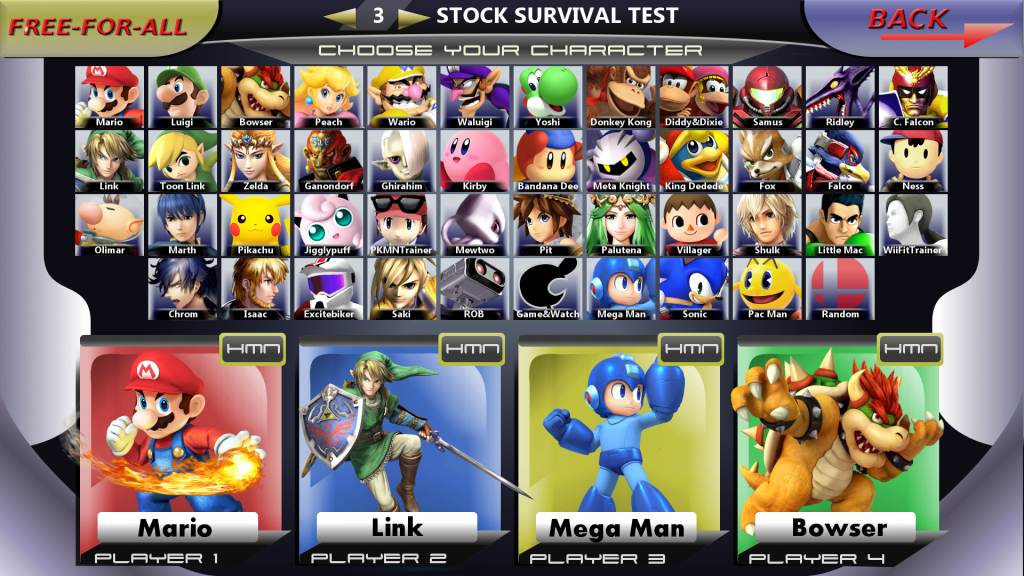
Super Smash Bros.
The 2014 version of Super Smash Bros. for the Wii U and Nintendo 3DS was the biggest version of the franchise yet, and while it lacked the kind of strong single player story mode delivered in its predecessor’s Subspace Emissary mode, the game still had a ton of great single- and multiplayer elements. Otherwise it’s a new and improved version of the same great game players had come to love – but with the added benefit of being the first Smash Bros. game to receive balance updates and new downloadable characters, expanding the roster to include the likes of Ryu, Bayonetta, and Cloud.
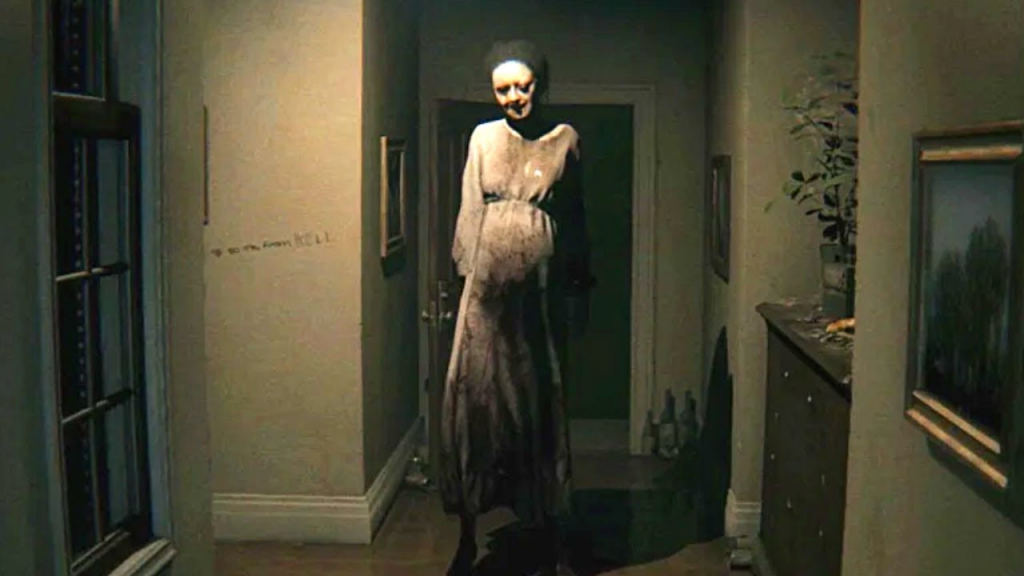
P.T.
It’s rare that a demo has as big a cultural impact as a game, but the Silent Hill Playable Teaser, or P.T. for short did exactly that and then some. Released by Kojima Productions in August, 2014, P.T. was an interactive teaser for an upcoming Silent Hill game project which would feature a collaboration between Hideo Kojima and Guillermo del Toro. The teaser itself is fairly simple, gameplay-wise, featuring a single hallway and a pair of rooms for players to navigate, but it’s filled with secrets and hidden puzzles, the solving of which reveals the game as a teaser for the never-released Silent Hills. P.T. was a massive hit and it’s a legitimately scary experience, inspiring horror games like Layers of Fear and Resident Evil 7. It’s also become something of a cult hit since Konami removed the teaser from online stores.
Marcy: Something else unique about P.T. is that it set the gears in motion for Kojima’s rise to singular auteur in the gaming space, and the eventual founding of Kojima Productions. It may not seem as relevant to the year of P.T. itself, but Konami’s handling of P.T., and by virtue Kojima, sent a lot of outrage and attention towards the movie buff behind some of the best (and worst) moments in gaming. Kojima already had a strong presence in gaming due to his connection to Metal Gear, but without Konami’s mishandling of P.T., we’d likely not have the Kojima we have today, for better or worse.
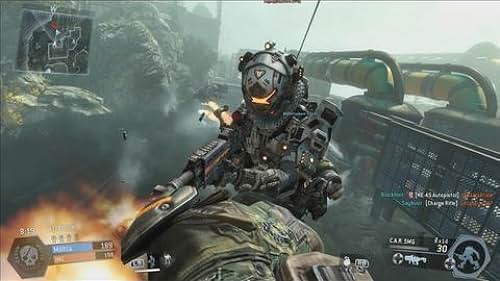
Titanfall
The Xbox One struggled out of the gate against the PlayStation 4 when it came to its price and the Kinect add-on, but it put out a much stronger library in the consoles’ first two years. One of its most notable gems was 2014’s Titanfall. Built by a bunch of former Call of Duty devs, Titanfall is a multiplayer-only first-person shooter set in the far future on a distant collection of planets called the Frontier. Players take on the role of mech pilots fighting over territory, with the ability to call in mechs called Titans based on an in-game timer. Titanfall’s gameplay is fast, frenetic, and fun and the game manages to pull of the amazing feat of making the non-mech play just as fun as the mech play thanks to a variety of parkour-like moves. Pilots can run on walls, double jump, and generally maneuver vertically in maps, giving the game a really dynamic feel that makes taking on a titan with a guy on foot a little less daunting. Titanfall is a game that only does one thing, but does that thing very well.

Five Nights at Freddy’s
If you were taking bets on the biggest game of 2014 I doubt few people would have put money on Five Nights at Freddy’s, a simple horror game released on Windows and mobile devices in late 2014. The game has you playing as a security guard at a Chuck-E-Cheese style pizzeria filled with animatronics which want to kill you. Your job is to survive five nights, spending your limited generator power monitoring the facilities and closing security doors when the animatronics get close. FNaF is a simple game but it really exploded when it became the subject of let’s play videos on YouTube – Markiplier’s video of him playing the game has more than 118 million views at this point and is just a fun, terrifying watch. Since then the game spawned a dozen sequels and spin-offs and a lore deep enough to base a movie on. Five Night’s at Freddy’s is simple but solid and legitimately scary, providing a mix of cheap jump scares and palpable dread, and while it wasn’t the best game of 2014, it was the biggest. FNaF single-handedly changed the face of horror games and how they’re marketed.
Marcy: I think it is fair to say that FNaF changed the face of gaming itself, and revitalized the horror market uniquely. While there are plenty of FNaF-alikes that came out over the years following the success of the first game, the buzz that the game created and the markets that it touched have irrevocably changed the industry. FNaF merchandise is everywhere, from Hot Topic to Target, and there are books, comics, a movie, and more, all from a game that ostensibly was a man’s last gasp effort to make money off of video game production. It also changed gaming media, with channels like MatPat’s Game Theory spinning up millions of views and hundreds of channels devoted to combing video games for hidden messages, unspoken lore, secret files, and often just a lot of lack of reading comprehension other part of the viewer and the content creator. But FNaF’s success helped vitalize the indie market alongside titles like Shovel Knight, pushing the idea that anyone could make a successful game, and along with P.T. challenged what a “horror” game was actually capable of. Freddie Fazbear and his pals are everywhere, and children and adults love the series, approaching a decade of cultural influence in a way most other gaming franchises made with hundreds of millions of dollars have never reached.
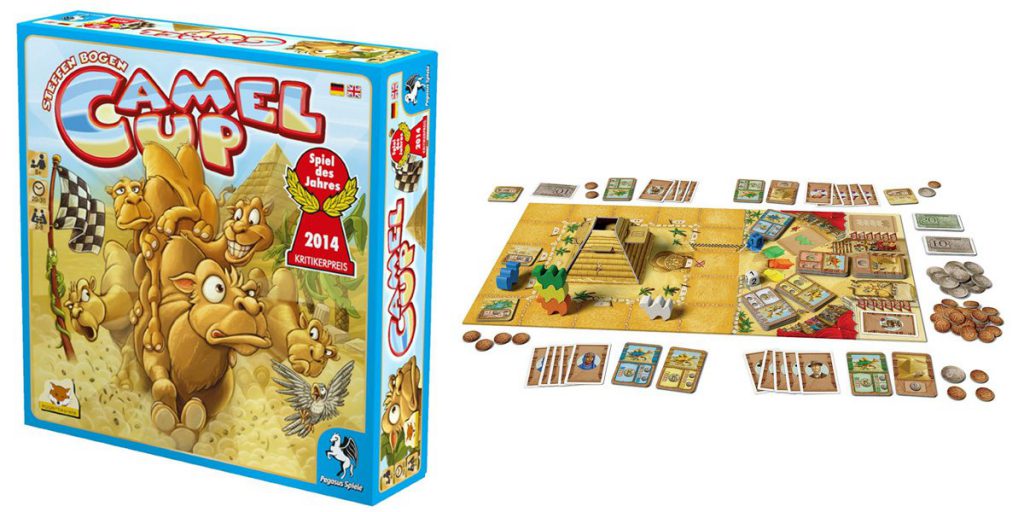
Camel Up
The 2014 winner of the Spiel des Jahres, Camel Up is a game about betting on camel races in the desert, with the winner being the player who can walk home with the most money from betting. Up to eight players can join in, betting on five camels as they round a circular track. There’s an element of risk involved – you can place bets at different times and earlier bets can win you more money, but it’s harder to predict outcomes at that point. It’s a solid party game with a lot of dice rolling and fun outcomes – camels can get stacked on top of each other, carrying others across the finish line with them. It’s easy to learn and games usually take less than an hour.

Shadows of Mordor
Peter Jackson’s The Lord of the Rings trilogy was a massive success, single-handedly revitalizing the fantasy genre in US cinema, but the tie-in games for the series started off pretty rough. They’d steadily improve over time, and EA’s Return of the King was a legitimate gem, capping off the series well. So Monolith Productions’ 2014 release Shadows of Mordor was something of a surprise – a brand new series featuring a new character set in the time between The Hobbit and Fellowship of the Ring. The game is a third-person action adventure game with gameplay reminiscent of Assassin’s Creed but what really makes it special is the Nemesis System – every one of the game’s procedurally-generated Uruk antagonists in the game can “level up” over time as they survive encounters with the player or do noteworthy things, like kill the player. Over time these Uruks develop a series of traits – talents, strengths, weaknesses – which define them. These leaders can later be recruited to fight against their own kind. The Nemesis System transforms a somewhat rote but very solid 3d action platformer into an incredibly dynamic game in which every playthrough is different and the game is constantly adapting to the player, creating new stories to tell.
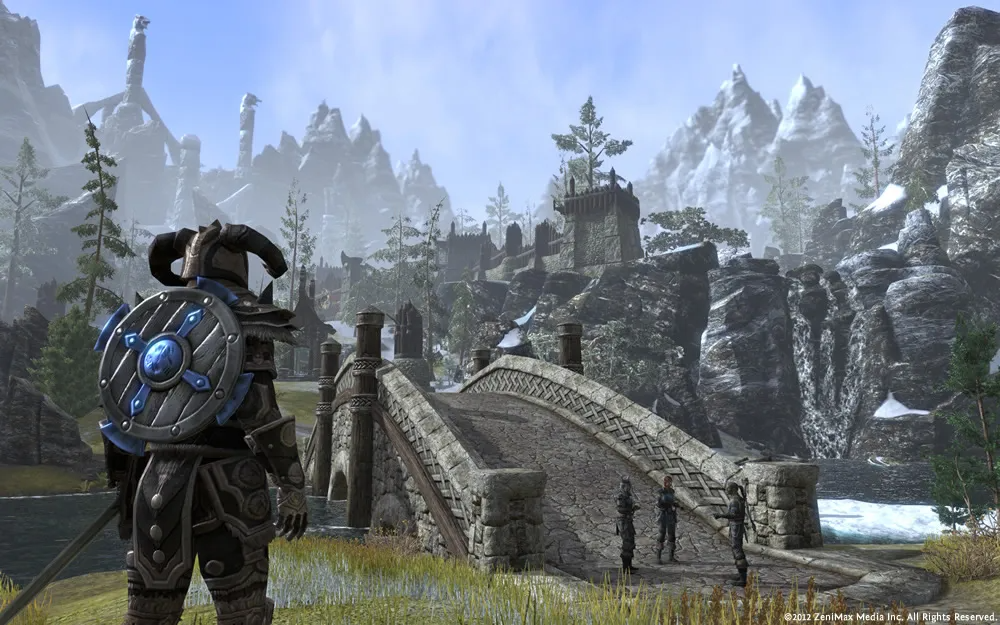
Elder Scrolls Online
Greg (Yes, That Greg): Elder Scrolls Online is the greatest and most important video game ever made. This is false for a number of reasons – it never sold particularly well; it didn’t feel like an Elder Scrolls game at launch and largely still doesn’t; the art and quests are sort of bland; the game got overshadowed by Fallout 76 of all things – but it’s absolutely true for exactly one reason: This is the only game in history that I personally worked on.
My brief disastrous foray into the gaming industry is outside the scope of this article (and probably still under NDA anyway), but it was certainly interesting and I will always have a soft spot for ESO, even if I got kicked out of the war room on launch day because I was playing Diablo 3.
To be slightly more objective about it, ESO represents something of a wave breaking in MMO design. It was one of the last credible attempts at a “WoW killer”, before the industry realized that World of Warcraft was sui generis, a product of its time that would never be repeated except by Blizzard quite literally repeating it. Every MMO since has either been anime gatcha bullshit on your phone or at least begun with the subscription-less in-game currency store model that ESO adopted when the original monthly fee fell flat.
I’m not sure this game really matters to anyone else, but it’s been my GotY choice ten years running.

Dark Souls 2, The Greatest Game You’re Wrong About
Marcy: I’m going to level with you. I’ve written a few of these now for the various Souls games, but while I love the other games quite a lot, my true love lies with the maligned middle child of the pack: Dark Souls 2. Dark Souls 2 was recently credited with being the likely reason Elden Ring even exists, so aside from saying that you all owe the game an apology, I’ll do my best to explain why Dark Souls 2 is the height, not the climb, of the Souls series in as much space as I’ve got in here.
Dark Souls 2 does something that Dark Souls 3 suffers from: it doesn’t care about where it came from. There are cute hints and weird oddities in the game that seem to gesture at the legacy of Dark Souls, but the best of these is the fact that the Lord Vessel, such an important item in the first game, is just randomly and without explanation buried in the basement of a house that continually spawns skeletons for no discernable reason. Dark Souls 2 doesn’t just not care about legacy, it makes the sharpest statement that legacies are for losers, and forging one’s own path is all that matters, which is narratively one of the more interesting takes of the dark fantasy world that Souls games usually go for. You are often tasked with exploring a world that is dying, that you are too late to save or for which saving no longer matters, but Dark Souls 2 doesn’t really care about that. You’re in Drangleic now, and we don’t chug estus here, we eat rocks. Smart enemy placement? Not here bud; those archers are drooling to shoot your stupid ass the moment you stand up from that bonfire. Cheap deaths? Write a reddit post about it my guy.
Dark Souls 2 is the best game in the series because it has an odd level of gleeful malice towards the players. A lot of things in it don’t work great; invasions were wonky and often not worth the effort, but they also didn’t allow players to abuse them like they did in Dark Souls. The more cohesive story, while not groundbreaking, gave Dark Souls 2 a sense of odd life and familiarity, a dark fairy tale where your heroic actions maybe didn’t matter; that was up to you to decide. While many fans balked at the amount of ‘human’ bosses, Dark Souls 2 also had amazing boss designs like the Executioner’s Chariot, the Looking Glass Knight, the Dark Lurker, and the Pursuer. But most of all, Dark Souls 2 had an odd amount of heart that the other two games in the series lack. Yes, Dark Souls 2 is not perfect, but it outperformed both the original and the sequel in review scores, and the narrative that the game was bad or not “real” Dark Souls is an annoying myth that has haunted the game since. Do yourself a favor and play the game–and don’t play Scholar of the First Sin, play the real Dark Souls 2 first, and then go check out the DLCs. You’re welcome.
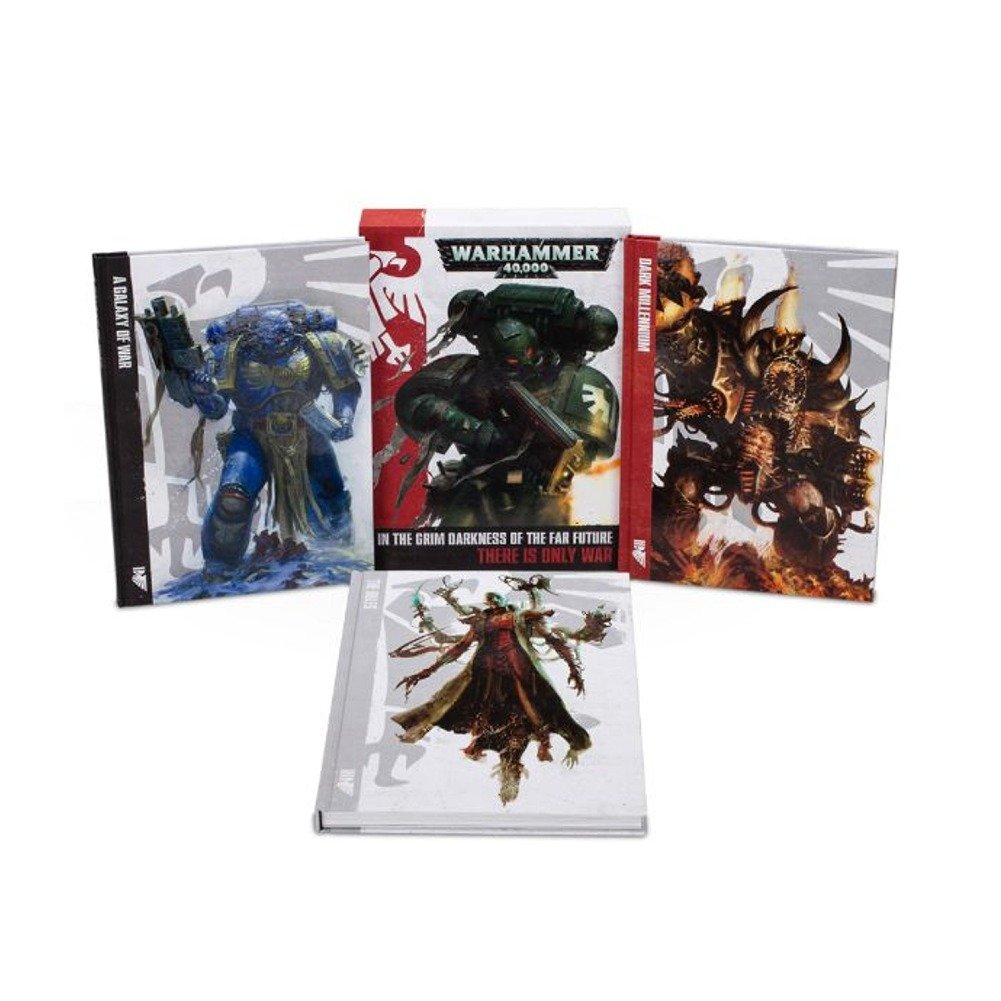
Warhammer 40,000 7th edition
Barely two years after the release of sixth edition, Games Workshop released a new edition update for Warhammer 40,000 in May 2014, making sixth edition the shortest in the game’s history. Seventh edition updated the game’s rules for vehicles and flying units, and added a pair of new psychic disciplines, one of which allowed any psyker in the game to summon daemons and add free models to their army. This was a horrible idea for many, many reasons. Seventh edition was an improvement over sixth in some ways – the rules were a bit cleaner and the edition had some great supplements – but ultimately the edition itself was pretty bad, ushering in a focus on groups of similar units called formations. At their best these had some interesting rules and encouraged interesting builds but mostly ended up being cynical ways to force you to buy multiples of the same model or unit.
Collectively sixth and seventh edition are seen as the low point in the history of Warhammer 40,000, and by the end of the edition Games Workshop was actively starting to tread some rough ground financially. There’s an entire industry of Warhammer competitors who owe their existence to this period in GW’s history, when the company suddenly seemed vulnerable enough to challenge. You can argue whether sixth or seventh edition was worse, but neither was anyone’s favorite.
Why It Was the Best Year in Gaming
2014 gets a bad rap but was host to a number of games both important and interesting. It was a great year for tabletop and board games – Dungeons & Dragons’ 5th edition, Camel Up, and Eldritch Horror were all strong entries and worthy of mention. On the video game side the improving slate of eighth generation console games gave us some real gems, such as P.T., Titanfall, Alien Isolation, Dark Souls II, Smash Bros (2014) and Mario Kart 8.
On the other hand, there are a few reasons to not recommend 2014, but they’re more event than game-related. Gamergate is a pretty big black mark on the year, and depending on how you feel about Five Nights at Freddy’s, it’s not necessarily a net positive for games. And the 7th edition of Warhammer 40,000 was absolutely one of the worst the game has had.
Ultimately where you fall on 2014 depends on how the year’s highs – and games like Hearthstone and Destiny are pretty big highs – outweighs its lows. And those are some rough lows.
This article is part of a larger series on the best year in gaming. For more years, click this link. Have any questions or feedback? Drop us a note in the comments below or email us at contact@goonhammer.com.
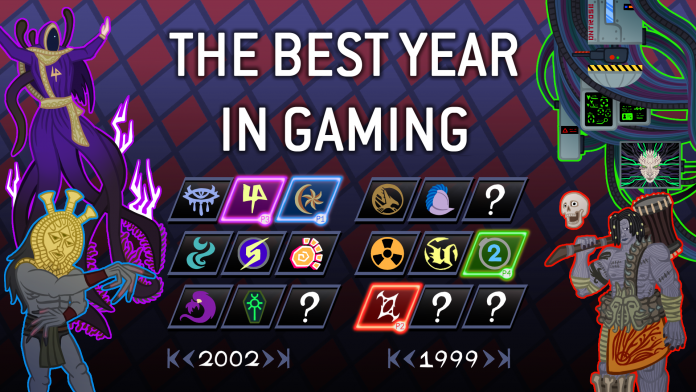


You must be logged in to post a comment.